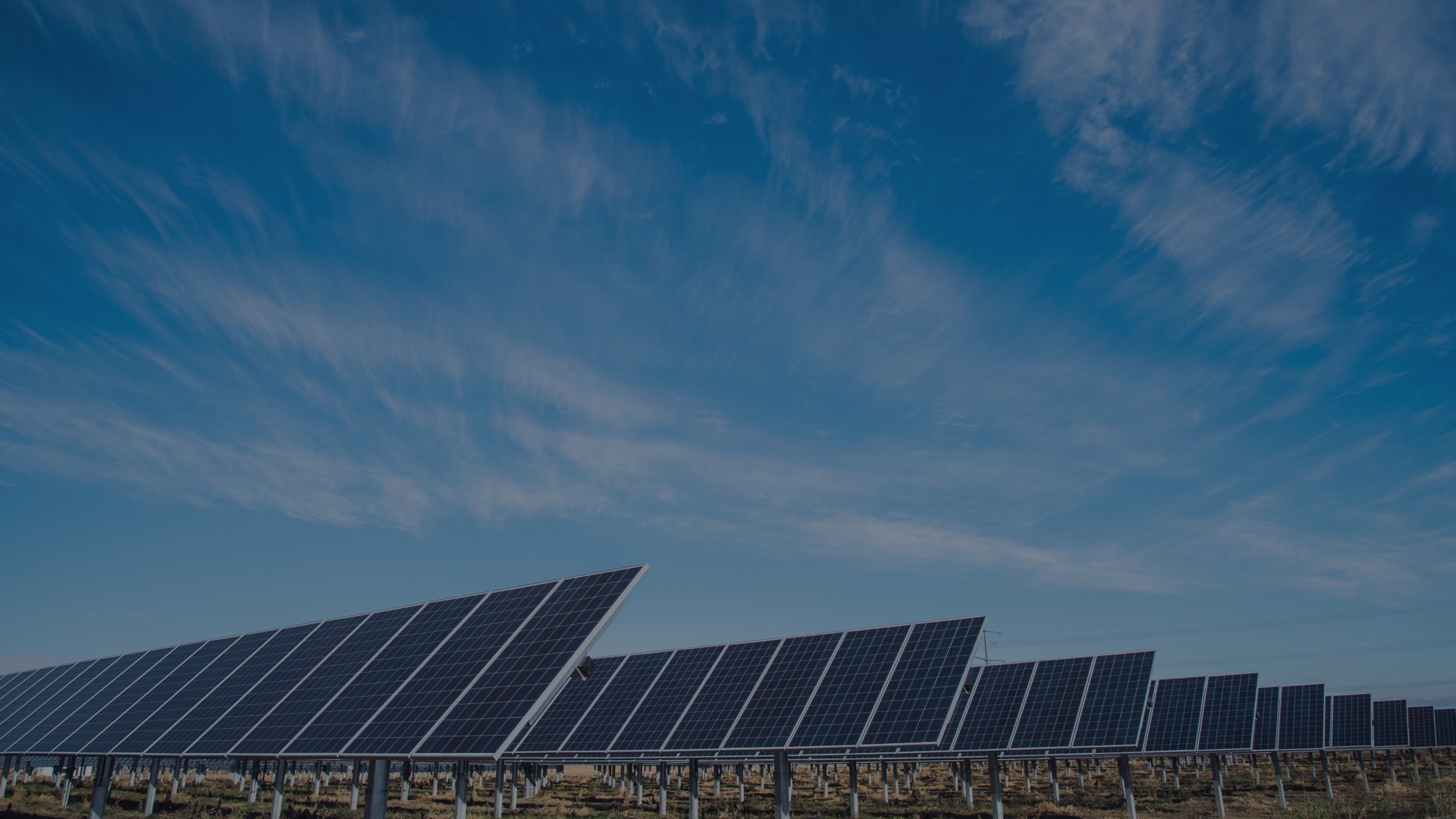Solar PV as a Domestic Investment Opportunity: The Options
EvoEnergy prides itself on being in tune with the market and informing our customers of any market changes and opportunities that we see or think might happen. We believe and trust the technology; on top of this the new Feed-in Tariff (FIT) incentive has made investing in Solar PV a sound financial investment.
The recent press coverage of ‘solar for free’ has driven interest in the concept through the roof, and subsequently this has led to floods of enquiries to us. The idea of free solar may sound great, but is this the right way to go? Should you leave your own money in the bank and get solar for free, or should you stump up yourself with the aim of keeping the FIT money? Or should you finance your purchase with money from the bank?
So, what is free solar? Well, since the FIT incentive was launched in April, a number of companies across the UK are offering to fit thousands of homes with solar panels for free. The way the “rent your roof” business model works is that the FIT payment is collected by the installation company while the energy saving is passed on to the end customer. In our example system below, this works out as an annual payment to the installation company of £877 and annual energy savings of £180 for the customer. However, this is still a viable investment. The schemes have only recently been launched and it is already clear that the installation companies are very specific regarding roof size, orientation and geographical location to maximise their investment.
If you are lucky enough to have capital available then investing in Solar PV will provide a very healthy return on your investment, 8-10%. This is particularly relevant in the current economic climate, where inflation is higher than interest rates and traditional investments are devaluing. Solar PV offers an inflation-proof counter to this, with the added benefit of being tax free. Directly linked against RPI, and guaranteed by law for 25 years make the FIT one of the most secure and reliable investments around.
I would suggest that the next best option is to raise the money yourself through a mortgage advance. This is the easiest, quickest and potentially the cheapest way of funding the investment. As long as you don’t exceed the maximum loan to value of your advance agreement most banks are happy to lend additional funds at current mortgage rates. Tracker rates currently sit around 2.2%[1] (1.69% above base rate), whilst 5 year fixed terms are available at 4%[2]. Funding PV this way will allow you to spread the cost and benefit from the financial incentives available.
Below is a table showing the returns available on a south facing roof, for a 2.6 kWp system over various terms. The figures stated are based on borrowing £9,000 at 4%, after a £2,500 deposit has been paid:
| Repayment (number of years) | ||||||
| Free Solar | Pay Upfront | 5 | 10 | 15 | 20 | |
| Extra cost per month | £0 | £0 | £166 | £92 | £67 | £55 |
| Extra cost per year | £0 | £1,057 | £1,992 | £1,104 | £804 | £660 |
| FIT earnings and savings per year[3] | £180 | £1,057 | £1,057 | £1,057 | £1,057 | £1,057 |
| Profit per year of borrowing[4] | n/a | n/a | -£935 | -£47 | £253 | £397 |
| Profit over life of system[5] | £4,500 | £14,925 | £13,965 | £12,885 | £11,865 | £10,725 |
By spreading the cost over 10 remaining years of a mortgage, the FIT will almost pay for the cost of borrowing. This means that after 10 years your borrowing is paid off and you can look forward to 15 years of guaranteed income. The FIT is linked against RPI and is therefore likely to increase over time, however, this has not been factored into the numbers above.
Whilst free solar is an interesting idea, using your savings, or mortgaging against your property offer efficient ways of investing and getting a generous return. Why let someone else make money from your roof, when you can do it yourself?
Kevin Hard BEng(hons) PhD CEng MCIBSE MEI
Managing Director
EvoEnergy
[1] http://www.moneysupermarket.com/mortgages/[2] http://www.moneysupermarket.com/mortgages/[3] FIT estimated earnings are based upon a 2.6 kWp on a south facing roof, with a 35 degree pitch. Earnings reflect export rate paid on 50% of electricity (as per electricity supplier policy). Savings assume usage of 50% of electricity at a rate of 13p per kWh[4] Profit per year is calculated as follows: (FIT earnings and savings – Extra cost per year)[5] Profit over life of system is total benefit accrued over 25 years through earnings and savings, minus cost of capital invested through deposit (£2,500) and loan.
